Learning a new language has always been on the wishlist for many of us, right there next to reading more books and finally organizing that messy closet. You download language apps, buy grammar books, maybe even sign up for classes. Yet somehow, despite your best efforts to learn something from scratch, it just won’t seem to click when you lack real exposure to native speakers.
If you're in the U.S., here’s a thought: why not choose from the 10 most common spoken languages in America? This way, you can actually find native speakers in your community who might be open to helping you learn.
In this post, we've pulled the latest U.S. Census Bureau data to identify the most common languages spoken in the U.S. and mapped out where they’re most concentrated. We’ll also share with you useful details about these languages so you can consider which one actually aligns with your interests and career aspirations.
- What Is The Best Way To Learn Greek? Guide + Tips
- How To Learn Norwegian As A Beginner: Ultimate Guide
- 5 Greek Documentaries To Improve Your Greek Skills

10 Most Common Spoken Languages In The US: Ranked
Today, the number of people speaking a language other than English at home has increased significantly, growing threefold (over 190%) between 1980 and 2019. To put that in perspective, the overall U.S. population grew by about one-half (47%) during the same period.
This means non-English languages are spreading at nearly four times the rate of general population growth, creating more opportunities than ever to find native speakers and practice partners in your area.
| Rank | Language | Number of Speakers |
|---|---|---|
| 1 | English (spoken only at home) | 241,032,343 |
| 2 | Spanish or Spanish Creole | 41,757,391 |
| 3 | Chinese (including Mandarin and Cantonese) | 3,494,544 |
| 4 | French (including Patois, Cajun, Creole, Haitian) | 2,096,592 |
| 5 | Tagalog (including Filipino) | 1,763,585 |
| 6 | Vietnamese | 1,570,526 |
| 7 | Arabic | 1,260,437 |
| 8 | Korean | 1,075,247 |
| 9 | Russian | 941,454 |
| 10 | German | 895,309 |
Source: U.S. Census Bureau, 2019 American Community Survey
In this section, let’s go over each language and determine where you can find the native speakers in the U.S.

English
English is by far the most common language in the U.S. Until recently, the United States had no official language at the federal level. That changed in March 2025, when an executive order designated English as the official language of the United States.
As for dominance, English is especially strong in certain states. In Mississippi, Montana, and West Virginia, less than 5% of the population spoke a non-English language in 2019. Meanwhile, 32 states and all 5 U.S. territories have made English their official language at the state level.
If you're traveling to the U.S. to fine-tune your English, just note that American English varies widely across regions. Southern accents tend to be slower and more drawn-out, while Northeast accents are often faster and sharper. The language has also borrowed heavily from other cultures, with words like "schlep" from Yiddish or "patio" from Spanish now standard American English.
Spanish Or Spanish Creole
With over 41 million speakers, it's spoken by more people in the U.S. than in Spain itself. The concentration is particularly strong in the Southwest and parts of the East Coast.
Based on the 2019 Census, seven states show especially high Spanish-speaking populations. In California, Nevada, New Mexico, Texas, Florida, New Jersey, and New York, at least 30 percent of people aged 5 and over spoke a language other than English in 2019, with Spanish being the clear leader. California tops the list at 44.5%, followed by Texas (35.6%) and New Mexico (34.0%).
Spanish was also the most frequently spoken non-English language in 49 of the 50 largest metropolitan areas in 2019. San Antonio leads the pack with 89.7% of non-English speakers using Spanish, while major metros like Los Angeles (66.2%), Miami (77.7%), and Houston (75.6%) all show Spanish as the dominant second language.

Chinese (Including Mandarin And Cantonese)
Chinese is the third most commonly spoken language in the United States, with over 3.4 million speakers, including both Mandarin and Cantonese dialects. This widespread use can be traced back to the 19th century, when Chinese immigration to the U.S. began during the California Gold Rush.
Technically, Chinese is the second-most spoken non-English language in over half of the 50 largest metropolitan areas. San Francisco leads with 21.2% of non-English speakers using Chinese, followed by San Jose (17.5%) and Boston (11.9%). Other major Chinese-speaking hubs include New York (9.1%), Seattle (12.5%), and Sacramento (8.5%).
The language is particularly concentrated on the West Coast and in major urban centers. States like California host some of the largest Chinese communities outside Asia, with established Chinatowns in cities like San Francisco and Los Angeles that date back more than a century.

French (Including Patois, Cajun, Creole, Haitian)
French and its various forms, including Cajun, Creole, and Haitian, represent a diverse linguistic family with over 2 million speakers across the U.S. The language has deep historical roots dating back to the colonial period, when French settlers established communities in areas like Louisiana.
Today, French appears among the top five non-English languages in many metropolitan areas, but its distribution tells an interesting story. Louisiana leads with its unique Cajun French culture, while Florida and New York host large Haitian Creole communities. Miami stands out with Haitian as the second-most spoken non-English language at 10.6%, and New Orleans maintains its French heritage with 6.4% of non-English speakers using French.
The language continues to grow, with a 35.2% increase between 1980 and 2019. This growth comes from both established Franco-American communities in places like Maine and Vermont, and newer immigrant populations from Haiti and French-speaking Canada.

Tagalog (Including Filipino)
Tagalog, including its standardized form Filipino, serves over 1.7 million speakers and represents one of America’s fastest-growing languages. Filipino immigration began during the early 20th century when the Philippines was under American rule, with early migrants working in agriculture across California and Hawaii.
Since the number of Tagalog speakers increased by 271.9% between 1980 and 2019, it is one of America’s most rapidly expanding foreign languages. Today, about 43% of Filipino-Americans who speak Tagalog live in California, with other significant populations in Hawaii, New York, and New Jersey.
Tagalog also frequently ranks in the top five non-English languages across major metros. Las Vegas leads with 10.2% of non-English speakers using Tagalog, followed by Virginia Beach (13.3%) and San Francisco (8.4%). The language is particularly strong on the West Coast and in California, where it often appears as the second or third most common non-English language in metropolitan areas.
Vietnamese
Vietnamese speakers total over 1.5 million, making it the sixth most common language in the U.S. Most Vietnamese speakers arrived after the Vietnam War, when families fled seeking safety and better opportunities. As seen in the latest data, this community has grown extraordinarily, with Vietnamese speakers increasing by 694.8% between 1980 and 2019.
The language is especially strong in California and Texas, where early refugees settled. San Jose leads with 12.1% of non-English speakers using Vietnamese, followed by New Orleans (11.2%) and Oklahoma City (8.1%). Houston, Dallas, and Atlanta also have significant Vietnamese-speaking populations.
Vietnamese remains vital in daily family life, often spoken at home alongside English. This bilingual approach helps preserve the language among younger generations while supporting integration into American society. Major cities like San Jose, Houston, and Los Angeles are home to some of the largest Vietnamese populations in the country.
Arabic
Arabic has over 1.2 million speakers and is one of the fastest-growing languages in America. It reflects decades of immigration from the Middle East and North Africa, with communities establishing strong cultural hubs across the country.
Today, Detroit is the Arabic capital of America, since it’s the only major metropolitan area where Arabic beats Spanish as the most spoken non-English language, representing 24.9% of non-English speakers. Other significant Arabic-speaking areas include Washington D.C. (4.1%), Nashville (8.3%), and Buffalo (8.4%).
Arabic encompasses several dialects, including Levantine, Egyptian, and Gulf Arabic, alongside Modern Standard Arabic used in formal writing. This diversity also means you’ll encounter different regional varieties depending on where the local community originated.
Korean
Korean has over 1 million speakers across the U.S., making it one of seven languages to cross that milestone. Korean-American families often maintain the language at home to preserve cultural connections while their children learn English, creating strong bilingual communities.
The largest Korean-speaking populations cluster around major metropolitan areas. Los Angeles has the biggest community with an estimated 243,634 Korean speakers, followed by New York (158,860) and Seattle (44,537). Other significant hubs include Atlanta, Philadelphia, and Baltimore.
Korean communities tend to be tightly knit, with many families continuing to use the language in daily life. This means you’ll often find well-established Korean neighborhoods, restaurants, and cultural centers where the language is actively spoken.

Russian
Over 940,000 people speak Russian in the U.S., making it one of the fastest-growing language communities. From 1980 to 2019, Russian speakers grew by more than 440%, mainly due to immigration waves in the late 20th century, especially among Jewish refugees from the former Soviet Union.
The largest Russian-speaking population is in the Northeast, with New York as the main center. There, Russian is the third most spoken language after English and Spanish. Other cities with strong Russian-speaking communities include Portland (6.0% of non-English speakers), Sacramento (4.2%), and Philadelphia (2.9%).

German
German has nearly 900,000 speakers, but unlike other languages on this list, it tells a different story. Since the 1980s, the number of German speakers has actually declined by 43.6%, dropping from over 1.5 million to 895,309 today. This reflects aging populations and fewer new German immigrants.
Despite the decline, German still appears in the top five non-English languages in several metros. Milwaukee shows the strongest presence with German as the third most spoken non-English language (3.6%), while St. Louis (4.5%) and Virginia Beach (3.8%) also have notable German-speaking communities.
German’s presence in America reflects historical immigration patterns from the 19th and early 20th centuries. Many communities in the Midwest and other regions maintain German cultural traditions, though the language itself is less commonly passed down to newer generations compared to more recent immigrant languages.


Where To Find Native Speakers in Your Area
Now that you know which languages are most common in your region, the next step is connecting with native speakers for real practice. The metro area data we've covered gives you a roadmap, but finding actual conversation partners requires knowing where these communities gather and how to approach them respectfully.
- Cultural centers and community organizations - Most language communities have cultural associations that host events, festivals, and language classes
- Ethnic restaurants and markets - Staff and customers often speak the native language; start with simple interactions like ordering food
- Religious institutions - Many churches, mosques, and temples conduct services in native languages and welcome visitors
- Language exchange meetups - Check apps like Meetup for organized language practice groups in your city
- Universities and community colleges - International student organizations and ESL programs often welcome conversation partners
- Neighborhood enclaves - Visit areas like Chinatowns, Little Italy, or Koreatown where the language is commonly spoken in daily life
- Social media groups - Local Facebook groups or community forums often organize informal language practice sessions
Start Learning These Languages Today
Now that you know which languages have the strongest communities in America, it's time to pick one and start learning. If you want to start learning right, you should consider Lingopie!
At Lingopie, we offer lessons for Spanish, Chinese, French, Korean, Russian, and German—six of the languages from this top 10 list. We’re also working on adding more languages, so you might soon find lessons for Vietnamese, Arabic, and Tagalog as well.
Ready to get started? Click below to try Lingopie for free TODAY and start engaging with the millions of speakers in your area!


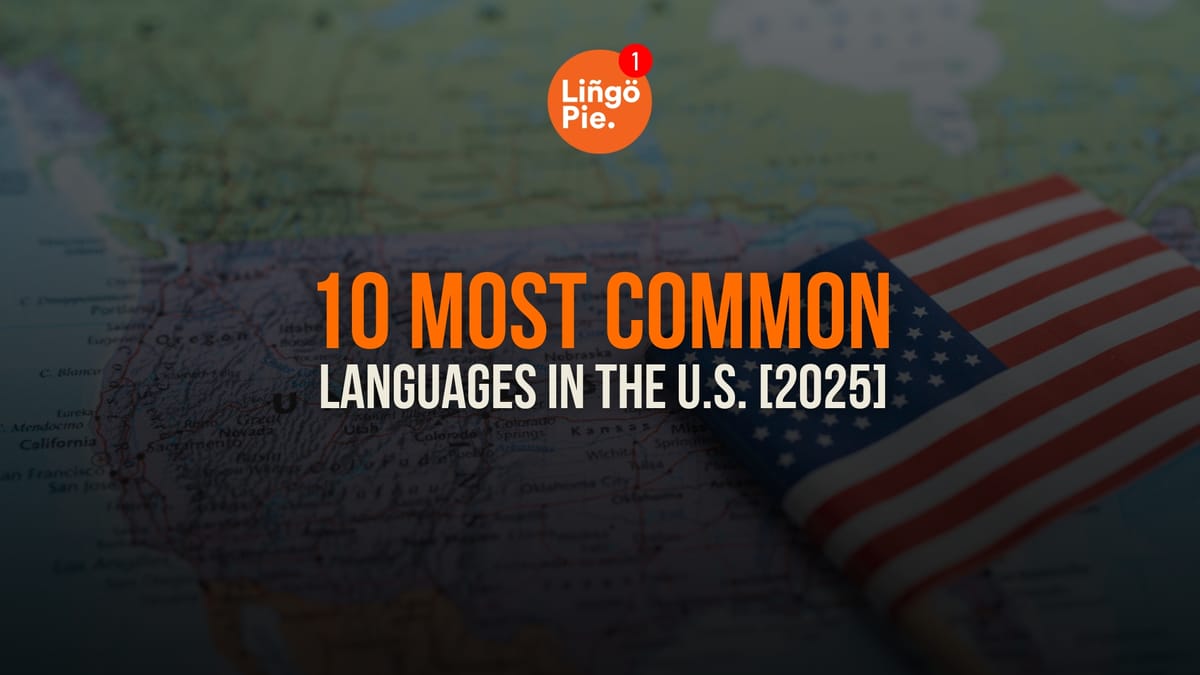
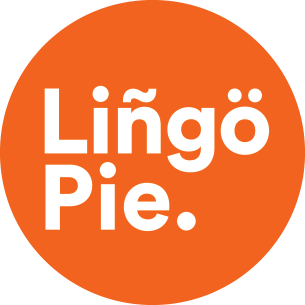
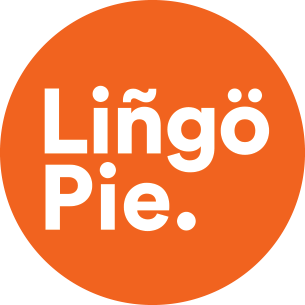
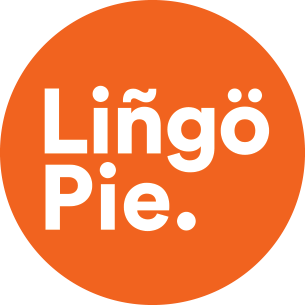
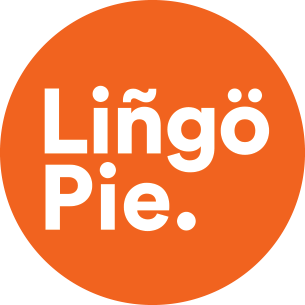
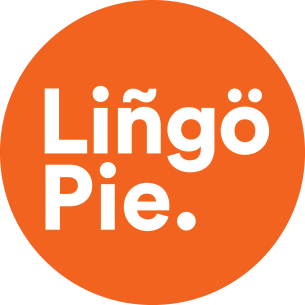
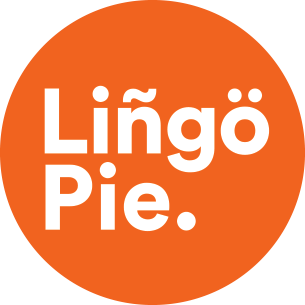



![6 Best Japanese Language Apps Worth Trying [TESTED]](/blog/content/images/size/w300/2025/12/best-apps-to-Learn-Japanese.jpeg)

![A Guide To Kansai-ben Dialect For Beginners In Japanese [2026]](/blog/content/images/size/w300/2025/03/Kansai-ben-dialect.jpg)
